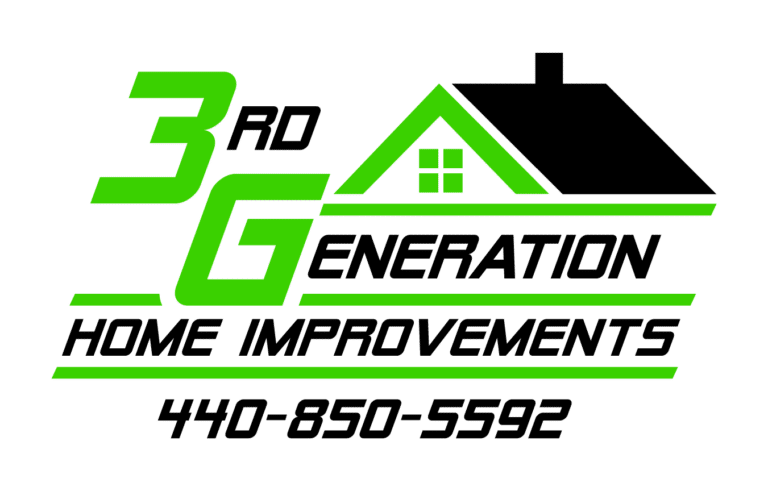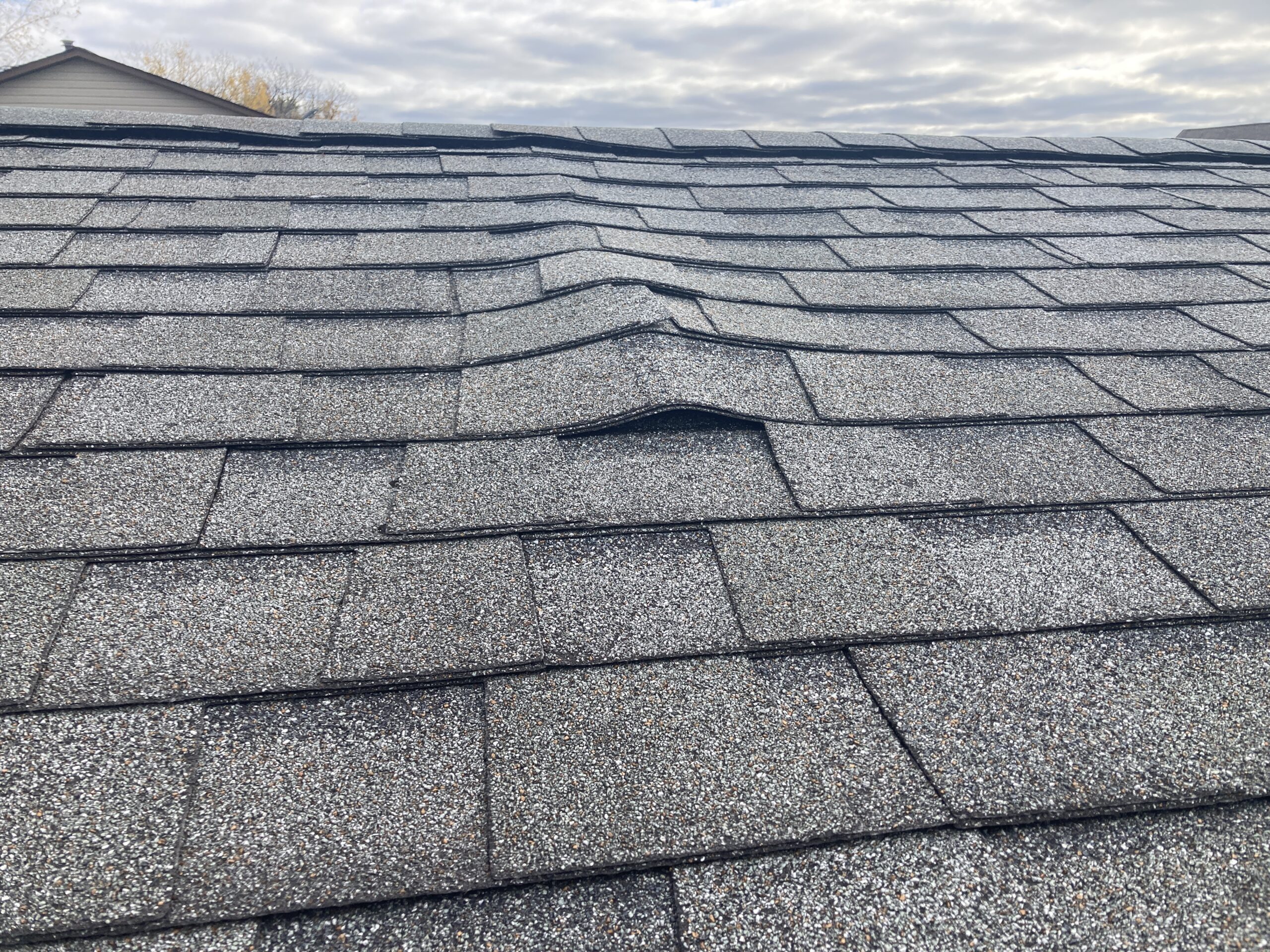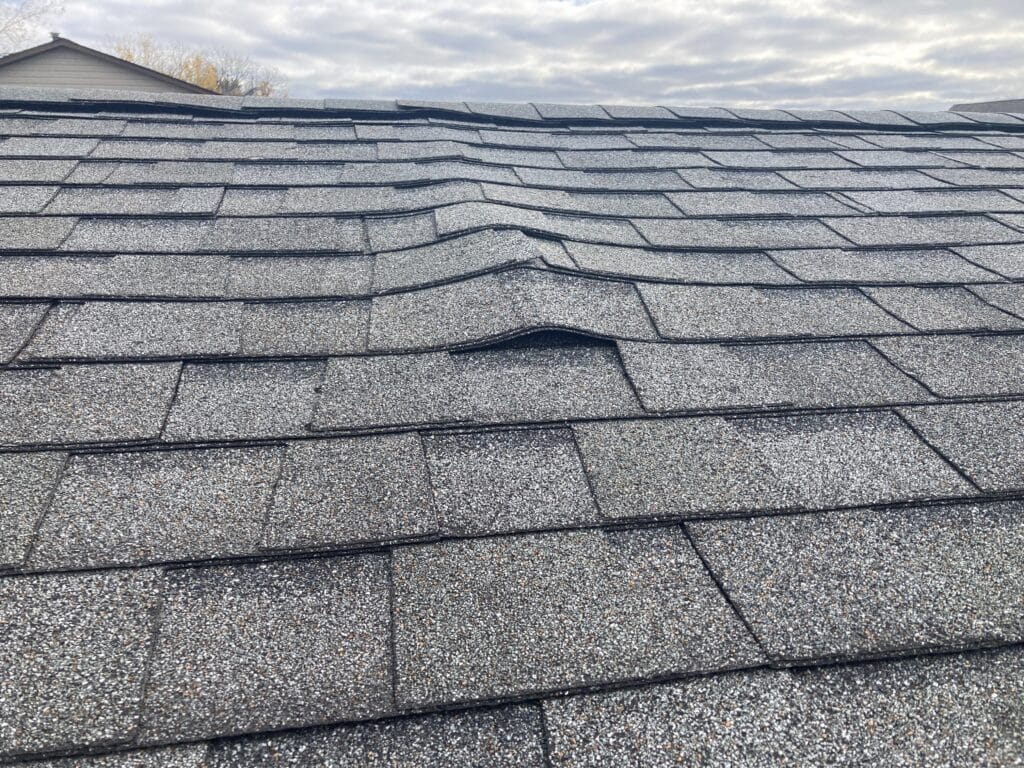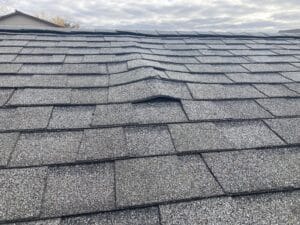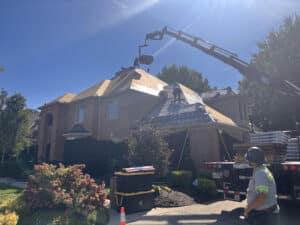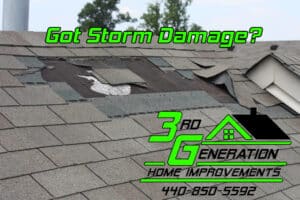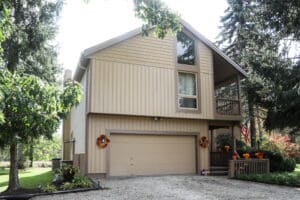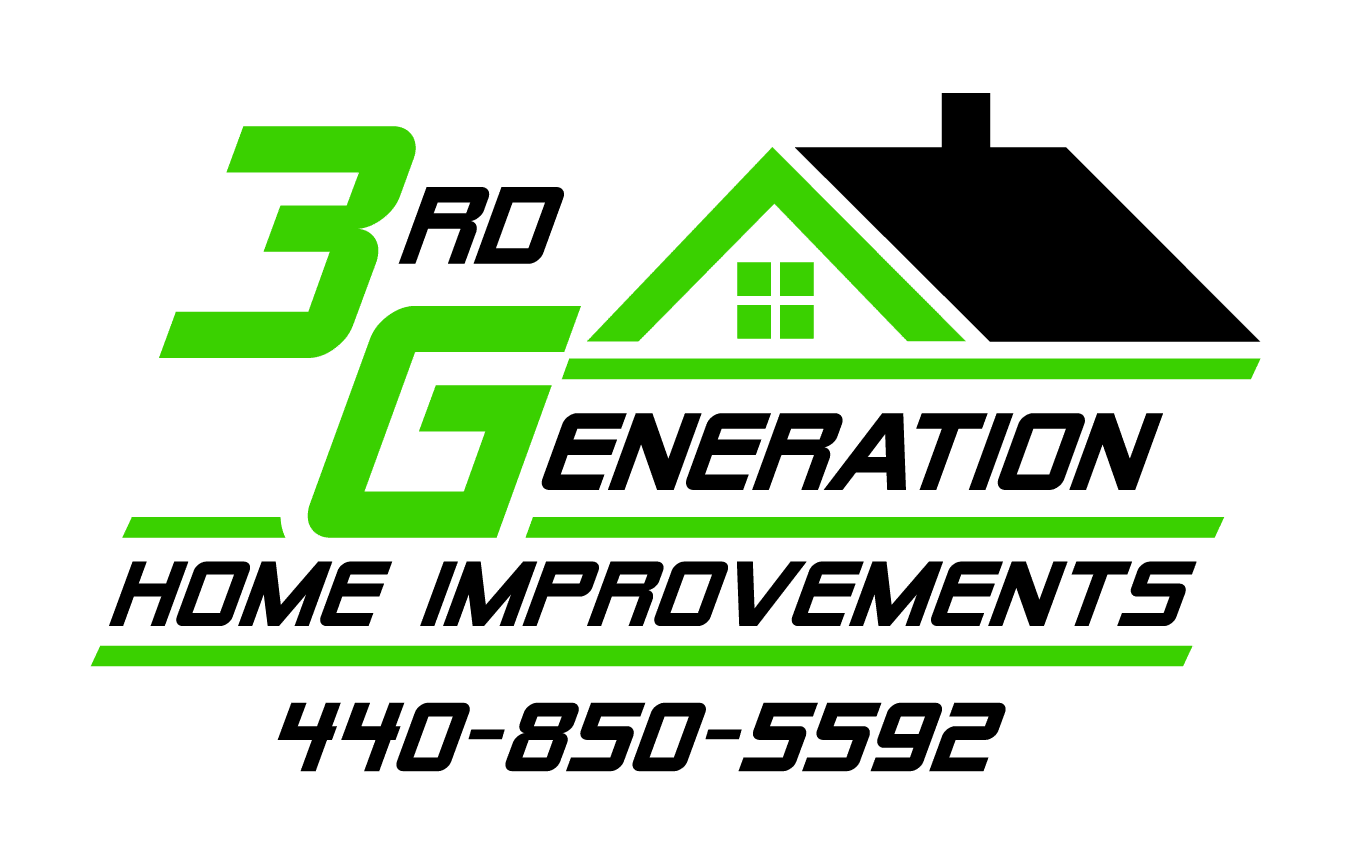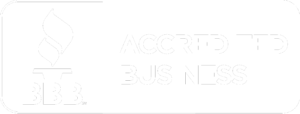As the first line of defense against the elements, shingles play a critical role in protecting your home from weather damage. To help you keep your roof in top shape, we’ve compiled important tips and tricks that every homeowner should know.
From regular inspections to timely repairs, proper shingle maintenance can extend the life of your roof and save you money in the long run. By following these expert recommendations, you’ll be well-equipped to preserve the integrity of your shingles and safeguard your home against potential roof problems.
Key Takeaways:
- Regular Inspections: Conduct regular inspections to catch any issues early on and prevent costly repairs.
- Cleaning: Ensure to clean debris, such as leaves and branches, from your roof to prevent damage and deterioration of shingles.
- Repair Promptly: It is important to repair any damaged or missing shingles promptly to maintain the integrity of your roof.
Understanding Your Roof
Clearly, the roof is a crucial part of any home, providing protection from the elements and keeping the interior safe and dry. Understanding your roof is imperative for its maintenance and longevity. By familiarizing yourself with the types of roof shingles and the anatomy of a shingle roof, you can better care for your roof and ensure it stays in top shape.
Types of Roof Shingles
Your roof may be composed of various types of shingles, each with its own advantages and considerations. Common types of roof shingles include asphalt, wood, metal, tile, and slate. Each material has unique characteristics, such as durability, cost, and aesthetic appeal. Perceiving the differences between these shingles can help you choose the best option for your home.
| Asphalt Shingles | Most popular choice due to affordability and easy installation |
| Wood Shingles | Natural look but require more maintenance |
| Metal Shingles | Durable and energy-efficient |
| Tile Shingles | Long-lasting with a unique aesthetic |
| Slate Shingles | High-end option known for durability |
Anatomy of a Shingle Roof
For a better understanding of your roof, it’s imperative to know the anatomy of a shingle roof. The key components include the shingles, underlayment, roof deck, flashing, and ventilation. Each part plays a vital role in protecting your home from water damage and ensuring the roof’s longevity. Proper installation and maintenance of these components are crucial for a functional and durable roof. Shingles, in particular, are the outer layer of the roof that provides the first line of defense against the weather.
Regular Inspection and Maintenance
Some of the most important aspects of shingle maintenance involve regular inspection and maintenance. By staying proactive and catching issues early, you can prevent major problems and extend the lifespan of your roof.
How Often to Inspect Your Roof
With proper care, your roof can last for many years. To ensure its longevity, it’s recommended to inspect your roof at least twice a year, typically in the spring and fall. Additionally, it’s a good idea to check your roof after any severe weather events, such as heavy storms or high winds.
Identifying Signs of Damage

With regular inspections, you can quickly identify signs of damage and address them promptly. Some common signs of roof damage include missing or broken shingles, leaks or water stains on the ceiling, and granules in gutters. If you notice any of these issues, it’s important to take action and make necessary repairs to prevent further damage.
For instance, if you spot granules in your gutters, it may indicate that your shingles are deteriorating and may need to be replaced. Ignoring these warning signs can lead to more extensive damage and costly repairs down the line.
Cleaning Your Shingles
The Do’s and Don’ts of Roof Cleaning
Cleaning your shingles is an important task to maintain the overall health and longevity of your roof. However, there are certain do’s and don’ts to keep in mind when it comes to roof cleaning. First and foremost, do use a gentle cleaning solution and a soft-bristled brush to gently scrub away any dirt, debris, or mildew that may have accumulated on your shingles. Avoid using pressure washers or harsh chemicals, as these can damage your shingles and shorten their lifespan.
Preventing Algae and Moss Growth
Algae and moss growth on your shingles not only looks unsightly but can also cause damage to your roof over time. To prevent algae and moss growth, consider installing zinc or copper strips along the ridge of your roof. These metal strips release ions that inhibit the growth of algae and moss. Additionally, keeping your gutters clean and free of debris will prevent water from pooling on your roof and creating the perfect environment for algae and moss to thrive.
Regular maintenance and inspections of your roof can help you catch any early signs of algae or moss growth and address them before they become a larger issue. By following these preventive measures, you can keep your shingles clean and in top shape for years to come.
Repairing Damaged Shingles
When to Repair vs. Replace Shingles
When assessing damaged shingles on your roof, it’s crucial to determine whether they need to be repaired or replaced entirely. If only a few shingles are affected and the damage is localized, a repair may suffice. However, if a significant portion of your roof is compromised or the shingles are old and brittle, it might be time for a full replacement.
Step-by-Step Guide to Shingle Repair
Notice a few damaged shingles on your roof? Before you reach out to a professional, you might consider tackling the repair yourself. Here’s a step-by-step guide to help you through the process:
| Step | Description |
| 1 | Inspect the damaged shingles and surrounding area for any additional issues. |
| 2 | Carefully lift the edges of the shingle above the damaged one to expose the nails. |
| 3 | Remove the nails using a pry bar and gently take out the damaged shingle. |
| 4 | Slide a new shingle into place and secure it with nails in the same location as the old shingle. |
| 5 | Apply roofing cement under the edges of the surrounding shingles to seal the new one in place. |
StepByStep
Repairing damaged shingles promptly is important to prevent further issues such as leaks and water damage in your home. By following these steps carefully, you can ensure that your roof remains in top shape and protects your property effectively.
Preventive Measures for Longevity
Proper Ventilation and Insulation
Your roof’s ventilation and insulation play a crucial role in maintaining its longevity. With proper ventilation, air can circulate effectively, preventing moisture buildup that can lead to mold, mildew, and even structural damage. Insulation helps regulate the temperature in your attic, reducing the strain on your HVAC system and minimizing the risk of ice dams forming in colder climates. Be sure to have a professional inspect and ensure your roof has adequate ventilation and insulation to protect its integrity.
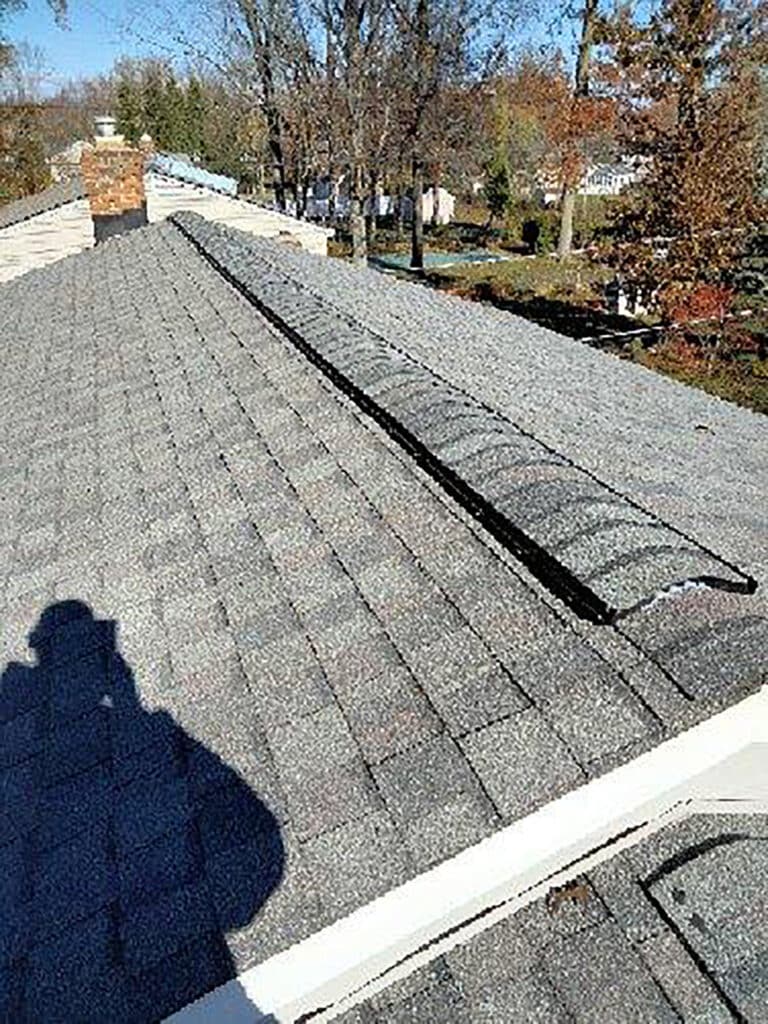
Choosing the Right Shingle Material for Your Climate
Measures to choose the right shingle material for your specific climate can significantly impact the longevity of your roof. Different regions experience varying weather conditions, so it’s crucial to select shingles that can withstand frequent exposure to sun, rain, snow, or high winds. For instance, in areas prone to strong winds, impact-resistant shingles are recommended to prevent damage from debris. Consult with a roofing expert to determine the most suitable shingle material for your climate to maximize the durability of your roof.
Professional Help vs. DIY
When to Call a Professional for Roof Repair in Cleveland
The decision between tackling roof maintenance yourself or calling in a professional ultimately comes down to your comfort level, experience, and the scope of the job. If you are not comfortable working at heights or lack the necessary tools, it is best to call a professional. Additionally, if you notice any signs of significant damage to your shingles, such as missing pieces, significant curling, or water leaks, it is crucial to seek the expertise of a professional roofer to assess and address the issue promptly.
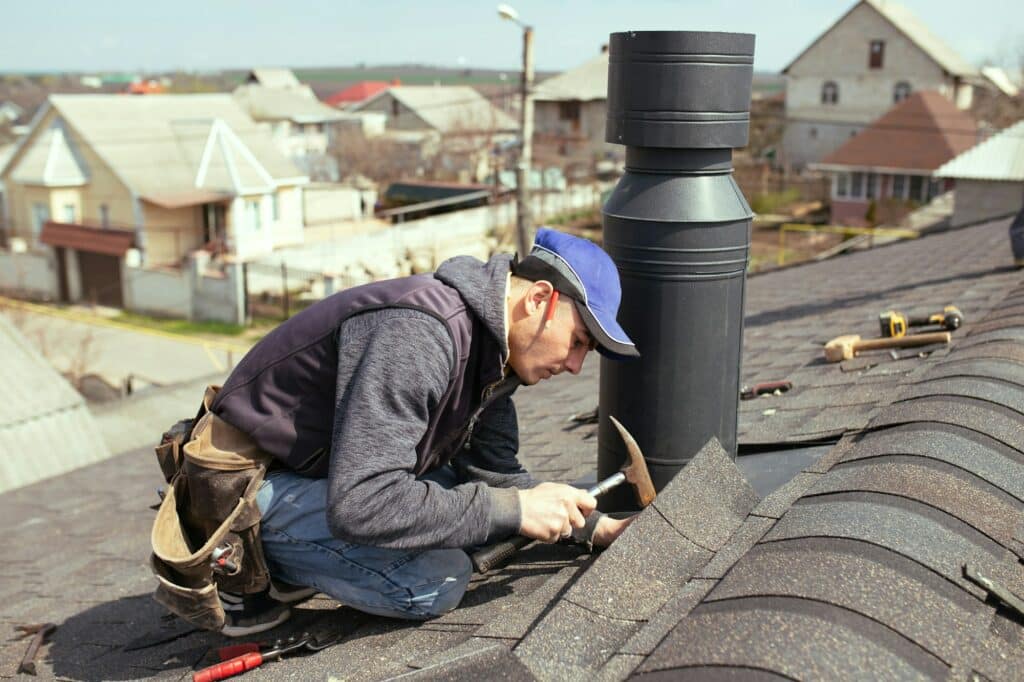
Tips for Safe and Effective DIY Maintenance
If you decide to take on roof maintenance yourself, it is necessary to prioritize safety above all else. Make sure to use a sturdy and properly secured ladder, wear slip-resistant shoes, and work on a sunny day to ensure the roof surface is dry and not slippery. Additionally, always have someone else present to assist you and in case of an emergency. When inspecting or cleaning your shingles, avoid using pressure washers or harsh chemicals to prevent damage to the shingle material.
- Begin by clearing any debris such as leaves, branches, and dirt from the roof surface.
- Inspect shingles for signs of damage such as cracks, curling, or missing pieces.
- Replace any damaged shingles promptly to prevent further issues.
- Assume that any repairs beyond your skill level should be handled by a professional roofer.
When opting for DIY maintenance, it is crucial to have the right tools and equipment for the job. Invest in a sturdy ladder, safety harness, non-corrosive cleaning solutions, and soft-bristled brushes to effectively clean and inspect your shingles without causing damage. Additionally, familiarize yourself with the proper techniques for shingle maintenance to ensure you are approaching the task correctly.
- Use caution when walking on the roof to avoid damaging the shingles or causing injury.
- Assume that any repairs requiring specialized skills should be left to a professional.
When in doubt, it is always best to seek the assistance of a professional roofer to ensure the job is done safely and effectively. By prioritizing regular maintenance and addressing any issues promptly, you can extend the lifespan of your roof and keep it in top shape for years to come.
Summing up
It is crucial to prioritize regular maintenance for your shingle roof to ensure its longevity and proper functioning. By following the tips provided in this guide, such as inspecting for damage, cleaning debris, and addressing any issues promptly, you can keep your roof in top shape and avoid more costly repairs down the line.
Remember that proper shingle maintenance not only protects your investment in your home but also safeguards your family from potential risks of water damage and structural issues. By staying proactive and staying on top of maintenance tasks, you can enjoy a durable and reliable shingle roof for years to come.
FAQ
Q: Why is shingle maintenance important for keeping your roof in top shape?
A: Shingle maintenance is crucial for preserving the integrity of your roof. Regular maintenance helps prevent issues such as leaks, water damage, and premature shingle deterioration. By keeping your shingles in good condition, you can extend the lifespan of your roof and avoid costly repairs.
Q: How often should shingle maintenance be performed?
A: It is recommended to inspect your shingles at least twice a year, preferably in the spring and fall. Additionally, after any severe weather events such as storms or high winds, it is important to check for any damage to your shingles. Regular inspections and maintenance allow you to catch and address issues early before they escalate.
Q: What are some tips for shingle maintenance to keep your roof in top shape?
A: To keep your roof in top shape, there are several key maintenance tips to follow. These include keeping gutters clean to prevent water buildup, trimming overhanging branches to avoid damage to shingles, checking for signs of wear and tear such as curling or missing shingles, and addressing any issues promptly by hiring a professional roofer. By staying proactive with maintenance, you can ensure your roof remains in optimal condition.
